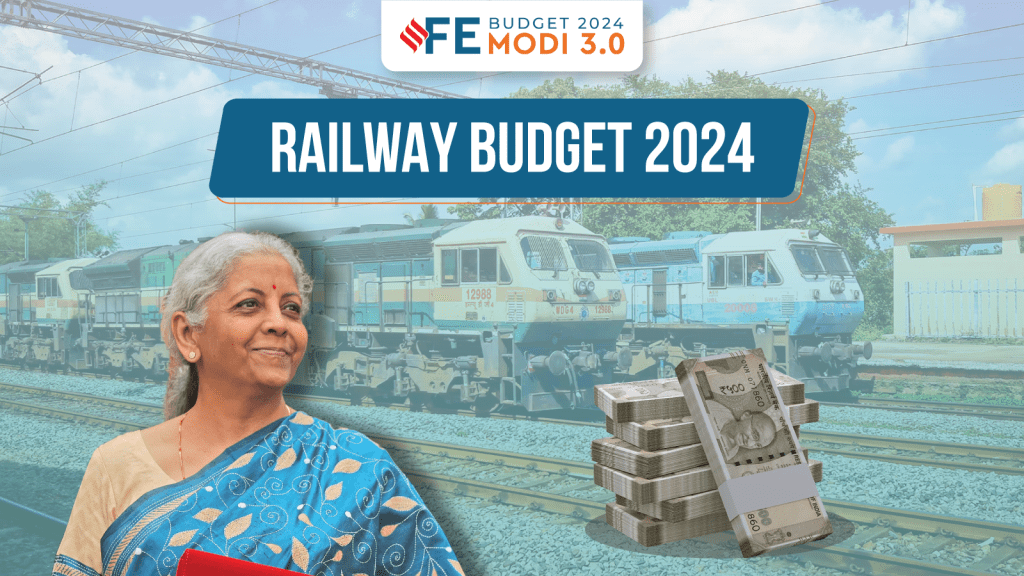Although Nirmala Sitharaman did not mention Railways in her Union Budget speech, a lot of information has been provided regarding the same in the budget document released by the Centre. A significant portion of the budget is allocated to upgrading the Indian Railways, making it a key focus area for the government. The Budget has revealed a record Capital Expenditure (Capex) of Rs 2,62,200 crore for the fiscal year 2024-25, reflecting a substantial increase from previous years. This allocation aims to modernize railway infrastructure and enhance service capabilities.
Railway Minister Ashwini Vaishnaw emphasised on Tuesday that India’s economy is more resilient and robust than ever before. He highlighted that the current economic strategy blends welfare measures, fiscal prudence, substantial capital investments, and a renewed focus on manufacturing. Vaishnaw underscored that the recently presented budget continues Prime Minister Narendra Modi’s agenda of inclusive growth, which has been a cornerstone of the government’s policies over the past decade.
Record Investments and Achievements in Railways
The Gross Budgetary Support for Railways in FY 2024-25 stands at Rs. 2,52,200 crore, showcasing a significant rise compared to earlier years. This funding surge has yielded tangible results, with Indian Railways achieving a historic milestone of 1588 MT in freight loading during FY 2023-24, up from 1095 MT in 2014-15. The goal is set to reach 3,000 MT by 2030, demonstrating substantial progress under the government’s tenure.
Infrastructure Development and Milestones
In a press conference, Ashwini Vaishnaw expressed gratitude towards Prime Minister Modi and Finance Minister Sitharaman for the substantial railway budget allocation. He highlighted the focus on safety-related initiatives and the ongoing momentum in railway infrastructure development. Over the past decade, Indian Railways has commissioned 31,180 km of new tracks, significantly accelerating from 4 km per day in 2014-15 to 14.54 km per day in 2023-24. Additionally, electrification efforts have covered 41,655 Route Kilometers (RKMs) during this period.
Promoting Industrial Growth and Connectivity
The budget also allocates additional funds to promote industrial development across strategic nodes in India. Key initiatives include enhancing infrastructure for industrial clusters along major corridors such as the Vishakhapatnam-Chennai Industrial Corridor, Hyderabad-Bengaluru Industrial Corridor, and Amritsar-Kolkata Industrial Corridor. These efforts are aimed at bolstering economic growth in the eastern regions of India.
PM Gati Shakti Mission and Multi-Modal Connectivity
Under the PM Gati Shakti Mission, the government has identified three economic railway corridors—energy, mineral, and cement; port connectivity; and high traffic density corridors. This initiative aims to enhance multi-modal connectivity, reduce logistics costs, and improve passenger safety and experience across the country.

